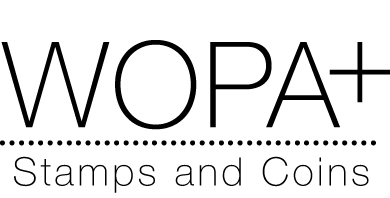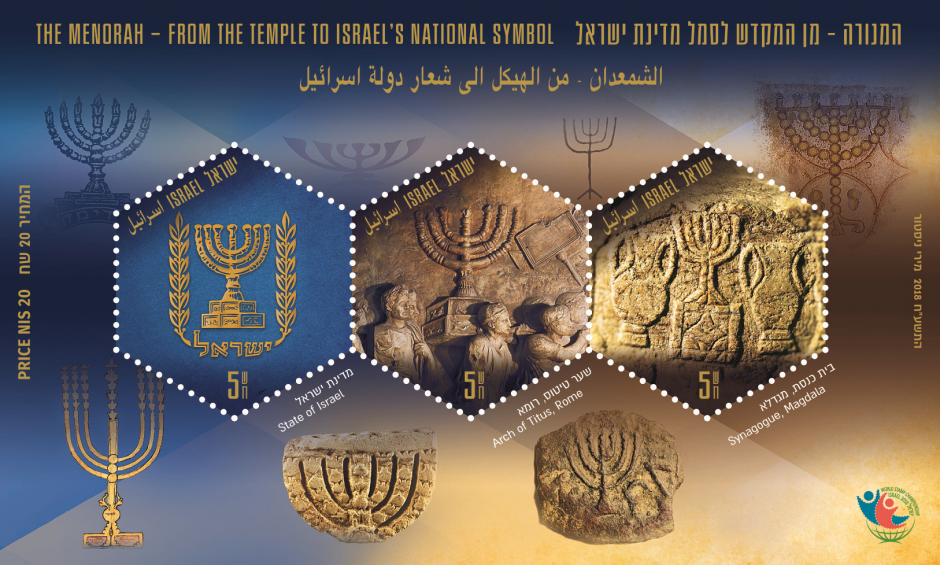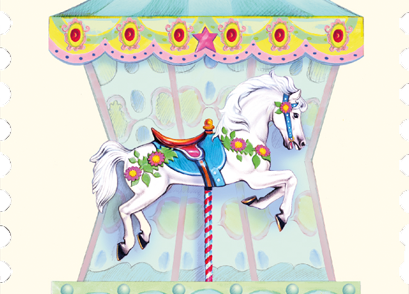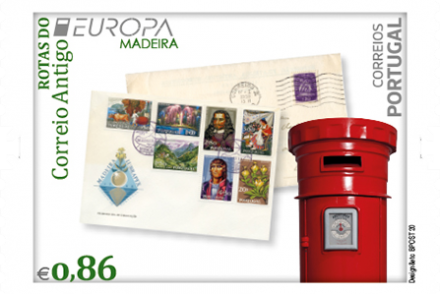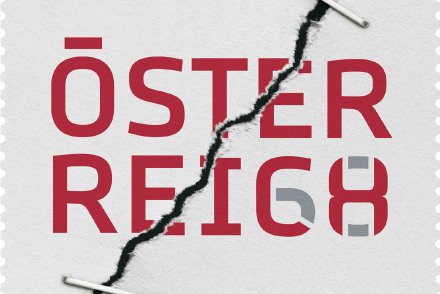The Menorah – From the Temple to Israel’s National Symbol
Israel – While the People of Israel wandered in the desert, the gold seven-armed menorah served as one of their scared tools of worship. This menorah, which was placed by King Solomon in the Holy Temple in Jerusalem, was plundered by Babylonian King Nebuchadnezzar during the destruction of the First Temple. The new menorah, fashioned by Zrubavel during the construction of the Second Temple, was stolen by King Antiochus IV and was later replaced by a gold menorah commissioned by the Hasmonean Kings.
The seven-armed menorah was the most prominent of the sacred tools of worship, and even before the Temple was destroyed it became a well-known symbol and was engraved on a coin featuring Hasmonean King Antigonus II Mattathias (1), carved into the walls of the priests’ homes in Jerusalem and embossed on various stone tools.
Synagogue, Magdala
In 2009, archeologists working in the town of Magdala on the shore of the Sea of Galilee discovered the ruins of an ancient synagogue from the Second Temple period. In the main sanctuary they unearthed a large adorned stone featuring an impressive relief of the Temple Menorah alongside two jugs of oil, which was probably used as a lectern for reading the Torah (2).
Arch of Titus, Rome
The Arch of Titus, which was erected in Rome after the Romans quashed the Great Revolt and destroyed the Second Temple, features a relief describing their soldiers’ triumphant journey bearing the Temple menorah, the symbol of the defeated Judean monarchy. (3) The Jews themselves also considered the menorah to be an important symbol and integrated it into a wide variety or sites. Among the many examples found are the mosaic floor in the synagogue at Nirim (4), an engraving on the burial cave walls in Beit She’arim, a stone menorah from the synagogue in Hamat Tiberius (5) and illustrations from numerous books, including a menorah from an adorned page, Spain, late 15th century (6).
State of Israel
Over the years, other symbols such as the tablets of the Ten Commandments or the Star of David displaced the menorah as the most significant Jewish symbol. However, the national awakening of the Jewish people in the late 19th century brought back the image of the menorah and it was emphasized as a meaningful symbol of tradition and rebirth. This trend was especially prominent in works created in the Bezalel Academy of Arts in Jerusalem, where students designed a wide range of menorahs in innovative styles (7). The First Judeans Brigade, which was established in 1919 and became the first solely Jewish military entity, also chose to incorporate the menorah into the unit’s symbol (8).
Shortly after the State of Israel was established, numerous proposals for the national symbol were reviewed. Most of the proposals included the menorah, and after a series of discussions, graphic designer brothers Gabriel and Maxim Shamir were asked to design the symbol. Based on a suggestion by Minister David Remez, it was determined that the menorah in the national symbol should be based on the Arch of Titus relief. The illustration that symbolized the destruction of the Jewish nation in the past would now reflect the rebirth of the Jewish State and the return of the Jewish People from exile to their homeland.
The two olive branches which appear in the national symbol are designed to express a message of peace. The integration of these two elements ties the national symbol of Israel to the vision of the Prophet Zechariah (4:2-3): “I see a lampstand all of gold… and by it are two olive trees”, thus emphasizing the connection between the menorah in the symbol with the one that stood in the Temple in ancient times.
- 27.05.2018
- Cartor Security Printing, France
- Offset
- H40 / W34.64
